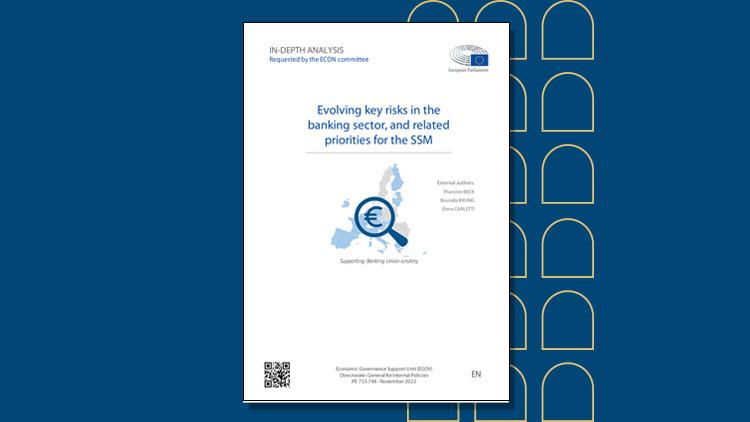Links
Next content
Read more
Recent trends in UK financial sector regulation and possible implications for the EU, including its approach to equivalence
Abstract Brexit poses unique challenges for policymakers in the EU as the most important financial centre in Europe is now outside its regulatory framework. We expect significant divergence over the medium- to long-term, given...
Abstract
This paper points to new multifaceted and often interconnected sources of risks (including high-impact tail risks) and the challenges posed to supervisory actions. It also makes the important case that traditional risk management tools might face limitations in the current situation. We discuss both geopolitical and related risks as well as other risks in the context of rising interest rates and a volatile macroeconomic environment. The challenge for banks will be to be prepared for such extreme scenarios. New approaches to risk management are needed, combining quantitative and qualitative assessment. Banks’ strategic plans need be to set towards long-term objectives, but also have to be flexible enough to allow for the possibilities of tail risks. In terms of supervisory actions, these considerations call for a very-bank specific monitoring approach.
